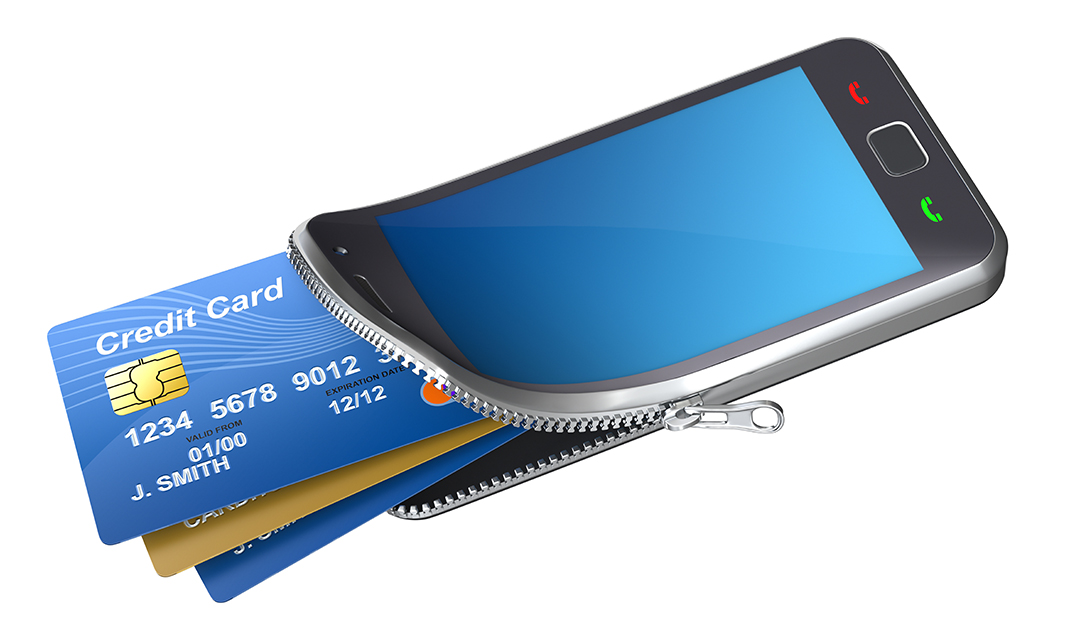When Apple Pay launched in the Fall of 2014 with the release of Apple’s iPhone 6 line, excitement – and skepticism – were palpable. The growth of the platform was evident from the get go and today, more than 18 months into the birth of a new transactional platform, Apple and Samsung have paper and plastic transactions trending downward, while the power of one’s pocket is at an all-time high.
Likely inspired by the success of mobile transacting, luxury brands are throwing their hat in the ring. At the Mobile World Congress in Barcelona in February, Mastercard and WISEKey announced a partnership with a selection of luxury timepiece brands – including Hublot and Bulgari – that will allow consumers to shop securely and protect their payments through their timepieces.
A Brief History of Contactless Payment
Tracing the rapid growth of the digital wallet
October 2014 Platform is announced
November 2014 Apple Pay accounts for 1% of digital payment dollars, Google Wallet accounts for 4%
January 2015 Apple CEO Tim Cook announces that Apple Pay accounts for 2 out of 3 dollars of contactless payment
March 2015 Apple has 700,000 vendors signed up for Apple Pay
October 2015 16.6% of iPhone users have used Apple Pay – compared to 7% in November 2014
February 2016 Samsung announces it has 5 million registered Samsung Pay users and has transacted more than $500M
February 2016 Apple and Samsung enter the China market where 358 million people – more than the population in the US – already purchase goods and services via mobile phone













































